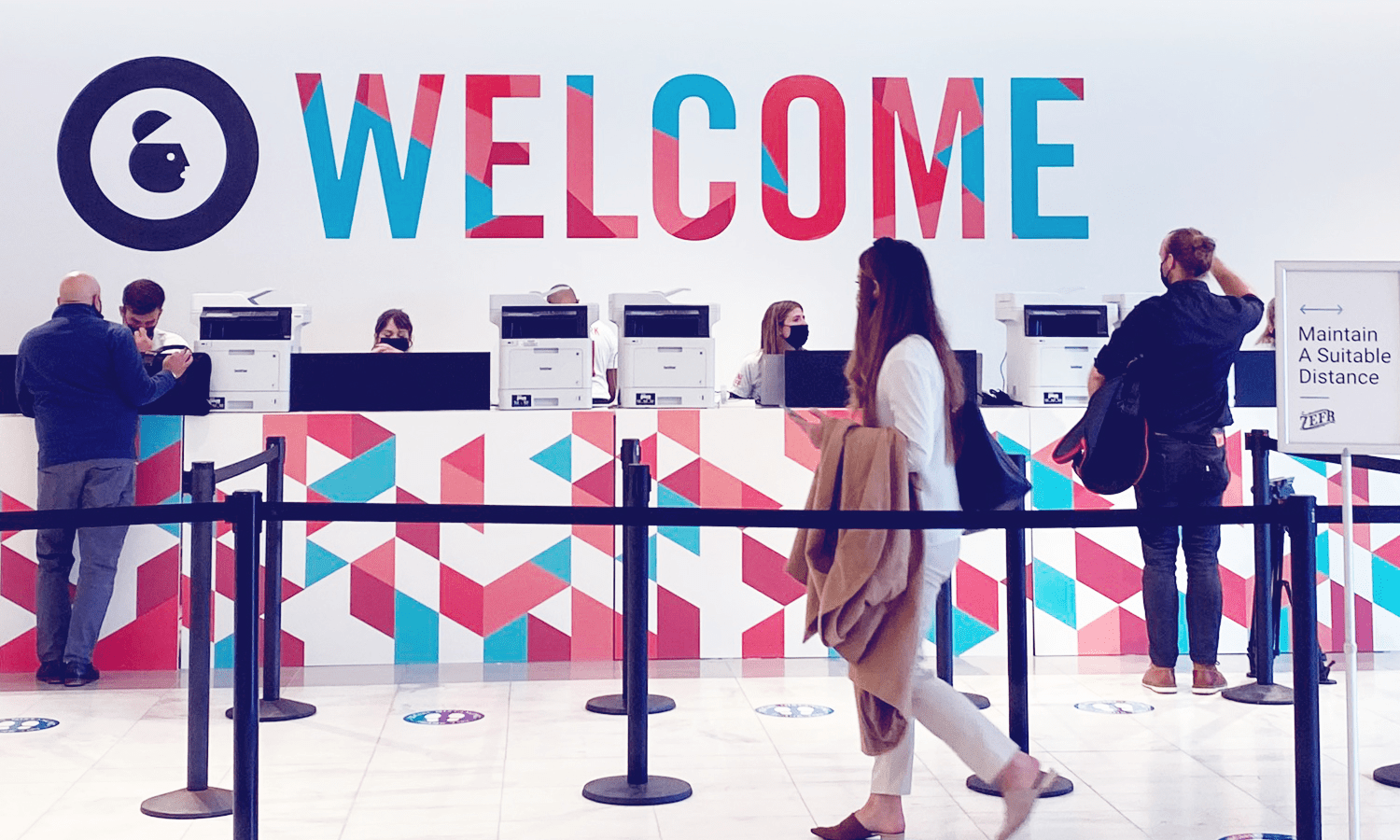Live from New York, it’s Advertising Week 2021 — but where the heck is the XP?

Almost every speaker at Advertising Week New York kicked off their session announcing, “It’s been 20 months since my last conference!” The declaration, which quickly became comical in its repetition, seemed to be a mix of excitement and expectation-setting as all of us re-learned how to network in real time. Walking into 30 Hudson Yards on Monday morning was a familiar, yet peculiar experience. Like visiting your childhood home after a new family has moved in. Yes, there were the greeters, standing their usual 20 feet apart, ready to tell attendees where to pick up their badges and offer rehearsed directions to the closest bathroom. Yet, branded masks covered their comforting smiles and, in between two-finger points to the ladies room, they were also tasked with firmly, but kindly, reminding attendees to keep their masks on. It’s been a loooong time since attending an in-person conference, but here we are. #AWNewYork pic.twitter.com/Fyp3ljG4Rb— Kara Gelber (@KaraGelber) October 18, 2021 Branding was the hottest topic inside and outside the sessions. The general consensus was that most brands not only don’t know who they are, but that they don’t know who their audiences are, either. I wish I had brought a sign that...